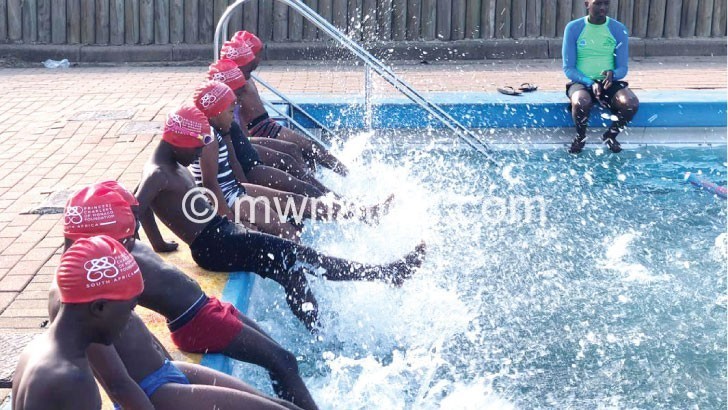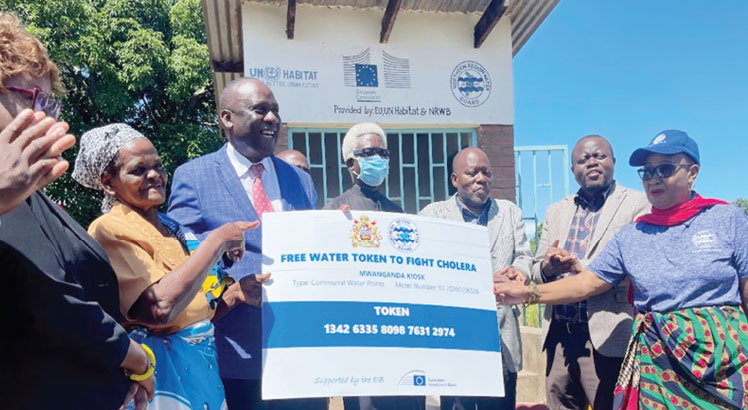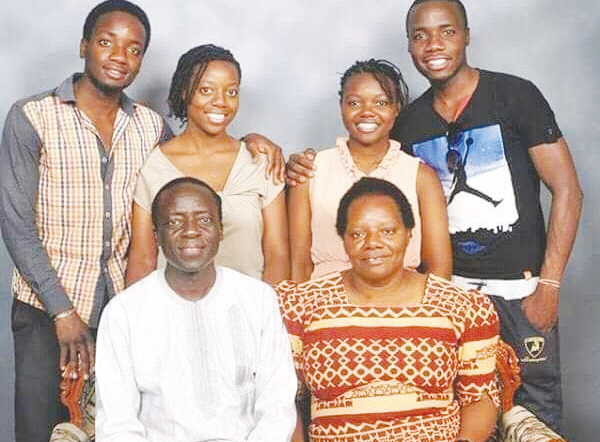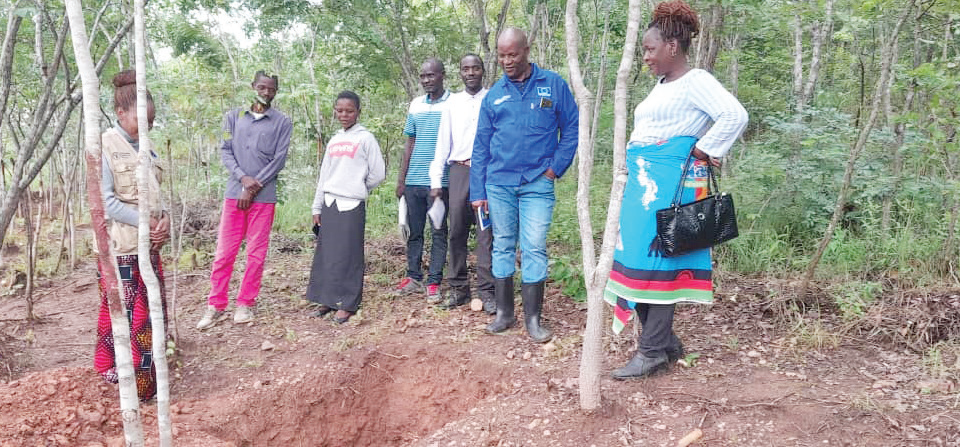Teaching children survival swimming
Every Saturday Lunia Bandawe, a resident of Chiwembe Township in Blantyre takes her children for swimming lessons at a hotel in the city.
Bandawe, who herself is a novice swimmer, says swimming is a suitable sport for her children because it also prepares them for water emergencies.
“We decided to enroll our children for swimming lessons because we wanted them to have a hobby for the weekend. We also wanted them to acquire a valuable skill that will help them overcome fear of water,” she says.

According to World Health Organisation (WHO) estimates, at least 322 000 people die due to drowning every year. Over half of the drowning cases occur among people aged below 25. WHO further says drowning is the third leading cause of death in children, after tuberculosis and HIV and Aids.
Bandawe, who comes from Nkhata Bay on the northern shores of Lake Malawi, says she is happy with the positive impact the swimming lessons have had on the life of her children.
“Before the swimming lessons, there was a lot of ‘I can’t do this, I can’t do that’. But we wanted them to know that they can do anything as long as they put their heart in it,” says.
But the lessons come at a cost which may not be within the reach of many households. Bandawe says she pays a monthly fee of K22 000 per child. In a country where the minimum wage is pegged at K35 000 per month, not many parents can afford to pay for swimming lessons.
Despite the cost, Bandawe feels it is worth it.
“My aunt almost drowned while attempting to save another person who could have drowned. Using her swimming skills she maneuvered round the waves and saved a life,” she says.
Experts advise that after attaining swimming skills in a pool, survival swimming should include swimming in open water bodies? International Lifesavers Foundation president Graham Ford says swimmers should master lessons on survival in rips and currents.
“The conditions in a pool are different from those of a natural water body,” says Ford.
Bandawe, who learnt swimming in her childhood days in a swimming pool and sharpened them at the lake during holidays, says using swimming lessons for drowning prevention is the way to go.
“It’s a good initiative. And, indeed, it’s a good strategy,” she says.
In Bangladesh, training children in survival swimming has helped improve safety of children who live near water bodies.
“Most accidents take place when women are busy. Introduction of day care provides 80 percent protection while swim safe lessons provide 90 percent protection,” says World Health Organisation scientist Dr. David Meddings.
Experts say drowning happens so fast and there is need for children to know what to do when they suddenly find themselves in water.
University of Cape Town Division of Emergency Medicine lecturer Dr. Colleen Saunders says water safety should extend beyond the beach and rivers.
“Drowning is not only about beaches and rivers. It is about facilities where people live. Some children drown in buckets, pit latrines and swimming pools,” says Saunders.





